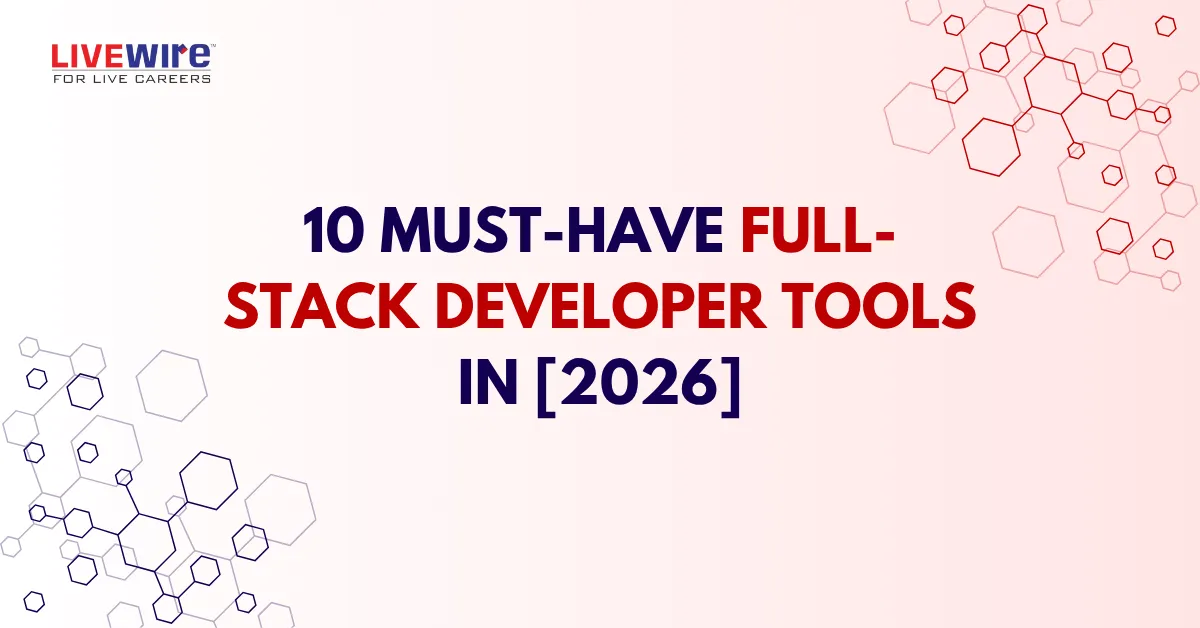In the coming years, especially by 2026, it will be mandatory to have a complete set of incorporated tools for building any new applications. In order to perform both front-end and back-end functions, developers will need to be trained on these full stack developer tools like coding and debugging tools and messaging surfaces.
Reinforcement of code productivity and quality is very possible with the right tools and this is likely to contribute positively towards the achievement of project outcomes. Improvement through full stack development training will facilitate better utilization of such tools by specialists in IT dealing with skill improvement or aspiring beginners.
Full-stack development training institutions include full stack developer tools, the development of which is necessary to cope with the current trends in technologies and methods of development. Regardless of how much experience you have in software development, learning these full stack development tools will always keep you occupied.
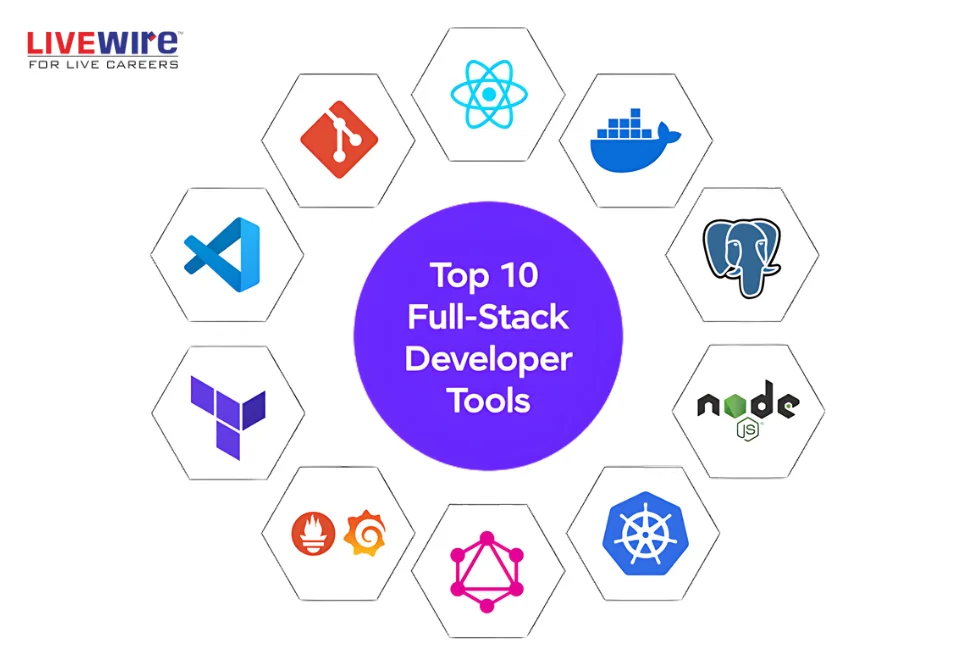
Contents
- 1 What is Full Stack Development?
- 2 What is Front-End Development?
- 3 What is Back-end development?
- 4 Importance of staying updated with the latest tools to remain competitive
- 5 Why Choosing the Right Tools is Crucial in 2026
- 6 List of 10 Must-Have Full Stack Developer Tools in 2026
- 7 Importance of full stack developers in the modern tech landscape.
- 8 Emerging Tools to Watch in 2026
- 9 How to Choose the Right Tools for Your Development Needs & Why Master It?
What is Full Stack Development?
Full stack development refers to the creation of both the frontend that users interact with and the backend that operates behind the scenes of a website or application. In other words, the right full stack developer tools would be required in order for the developers to work effectively from one end of the project to the other. The common full stack developer tools list must also incorporate such tools as code editing software, version control systems, debugging applications, and software for deployment among others.
Come the year 2026, the ability to select the right tools will be a requirement every developer wishing to create quality, user-friendly applications will have to satisfy. For beginners as well as those willing to improve their skills, full stack development training is worth taking. This training prepares that person in advance by familiarizing him with the full stack developer tools so that he is ready to concentrate on both the design and functionality of the project.
What is Front-End Development?
Front-end development pertains to the aspects that the users are able to view and interact with. By 2026, the appropriate full stack developer tools are very important in providing engaging front end experiences as part of web applications. This full stack developer tools list encompasses, among other, design, coding and debugging resources that help ease the process of developing the front end part of any web application.
A full stack development training, especially for beginners, is recommended as it helps learn these full stack developer tools and more importantly, how to build a solid ground. Application of these tools enables a quicker and easier way of developing applications.
What is Back-end development?
The back end development deals with components such as the server, database, and application logic, making sure that everything functions properly without the users’ interference. Come the year 2026, optimal tools for a full stack developer will be needed when developing back-end systems. The full stack developer tools list provided features additional tools for database handling, server management and code verification all aimed at making back-end processes easier.
Importance of staying updated with the latest tools to remain competitive
By the year 2026, it will be crucial for developers to keep pace with the advancement of full stack developer tools for them to be relevant in the rapidly evolving technology landscape. Implementing cutting-edge full stack testing tools and frameworks helps in raising the levels of productivity and the standards of the application. It is always advisable to keep improving one’s skill for full stack developer duties as it makes sure one is familiar with the relevant tools and processes.
Embracing and learning new full stack developer tools cater for the industry requirements of the developers as well as the clients. Efficiency is experienced in projects due to the use of appropriate full stack testing tools which in turn eases the flow of work. Learning never stops and improving your skill for full stack developer roles prepares you for the new demands.
Why Choosing the Right Tools is Crucial in 2026
2026, the proper full stack developer tools are needed to build applications in an efficient way. Nevertheless, given the constant changes in technology, the use of up to date full stack testing tools helps in ensuring the security and the performance of one’s projects. A full stack development course with guarantee of placement guarantee developers in learning the use of such tools by practicing hence they are job-ready. Another reason why full stack training is important is to be able to use the most effective full stack developer tools that enhance the processes.
List of 10 Must-Have Full Stack Developer Tools in 2026
Selecting the right full stack developer tools and full stack testing tools is essential in 2026. A full stack developer course with placement guarantee and full stack training ensures career-ready skills with top tools. Here are the full stack developer tools list.
1. Visual Studio Code (VS Code)
Visual Studio Code is a popular code editor developed by Microsoft. It is lightweight yet powerful, making it a favorite full stack developer tools among developers.

Key Feature
- Intuitive interface
- Extensive extensions marketplace
- Integrated terminal
- Git integration
Why Visual Studio Code Must Have:
VS Code enhances productivity with its customizable features and support for multiple programming languages. Its built-in Git support allows for seamless version control, making it an essential tool for any developer.
2. Git and GitHub
Git is a version control system that tracks changes in code, while GitHub is a platform for hosting and collaborating on Git repositories.
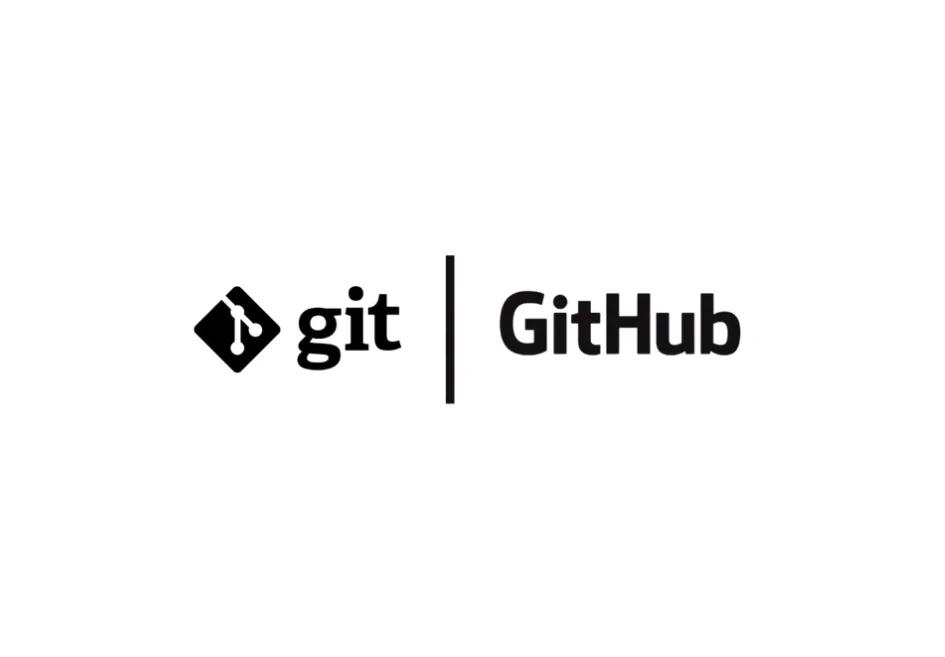
Key Feature
- Branching and merging capabilities
- Pull requests for code reviews
- Issue tracking
Why Git and GitHub Must Have:
Using Git and GitHub is crucial for collaboration in development teams. They allow developers to work on different features simultaneously without conflicts, ensuring a smooth workflow.
3. Docker
Docker is a platform that enables developers to create, deploy, and run applications in containers, which are lightweight and portable.
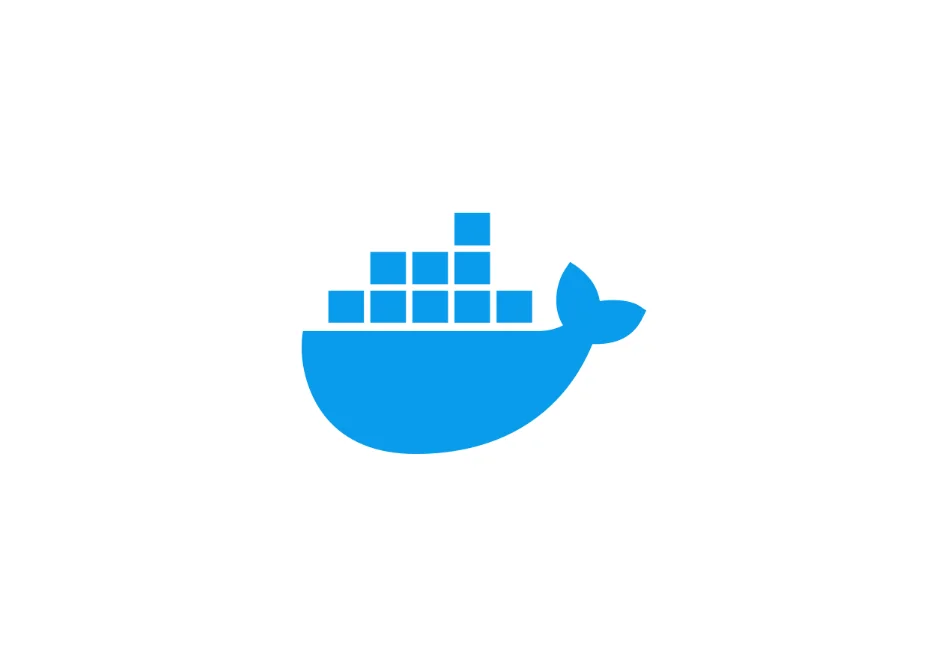
Key Feature
- Consistent development environments
- Easy scaling of applications
- Simplified dependency management
Why Docker Must Have:
Docker streamlines the development process by ensuring that applications run the same way in different environments. This reduces the “it works on my machine” problem, making it a must-have tool.
4. Node.js
Node.js is a JavaScript runtime built on Chrome’s V8 engine, allowing developers to run JavaScript on the server side.

Key Feature:
- Non-blocking I/O model
- Large ecosystem of libraries
- Fast execution
Why Node.Js Must Have:
Node.js is essential for building scalable network applications. Its ability to handle multiple connections simultaneously makes it a popular choice for back-end development.
5. React
React is a JavaScript library for building user interfaces, particularly single-page applications.
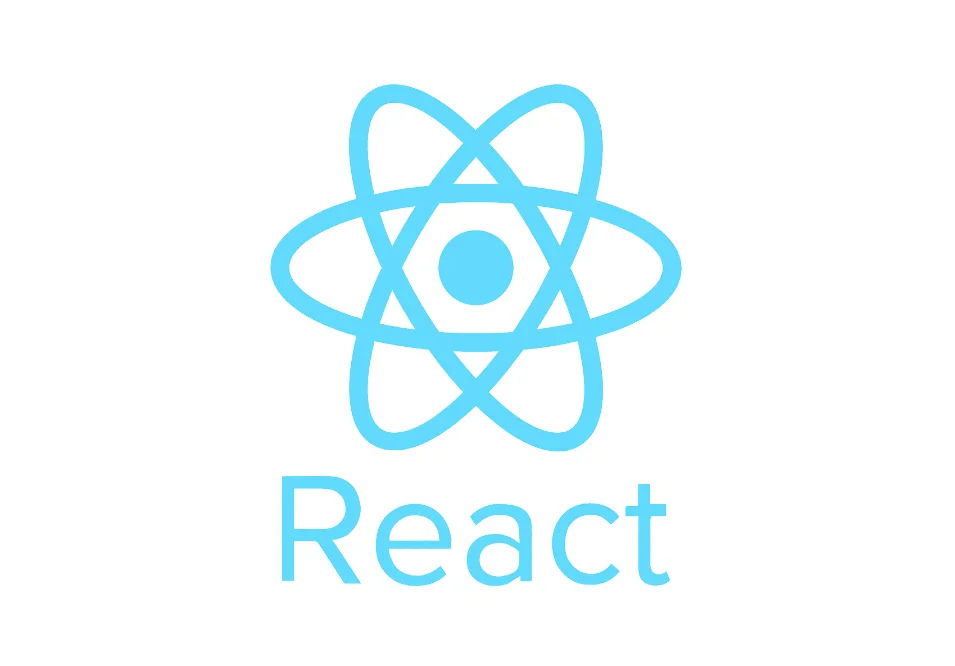
Key Feature
- Component-based architecture
- Virtual DOM for performance
- Strong community support
Why React Must Have:
React simplifies the process of building interactive UIs. Its component-based structure allows for reusable code, making development more efficient among the full stack developer tools.
6. PostgreSQL
PostgreSQL is an open-source relational database management system known for its robustness and performance.
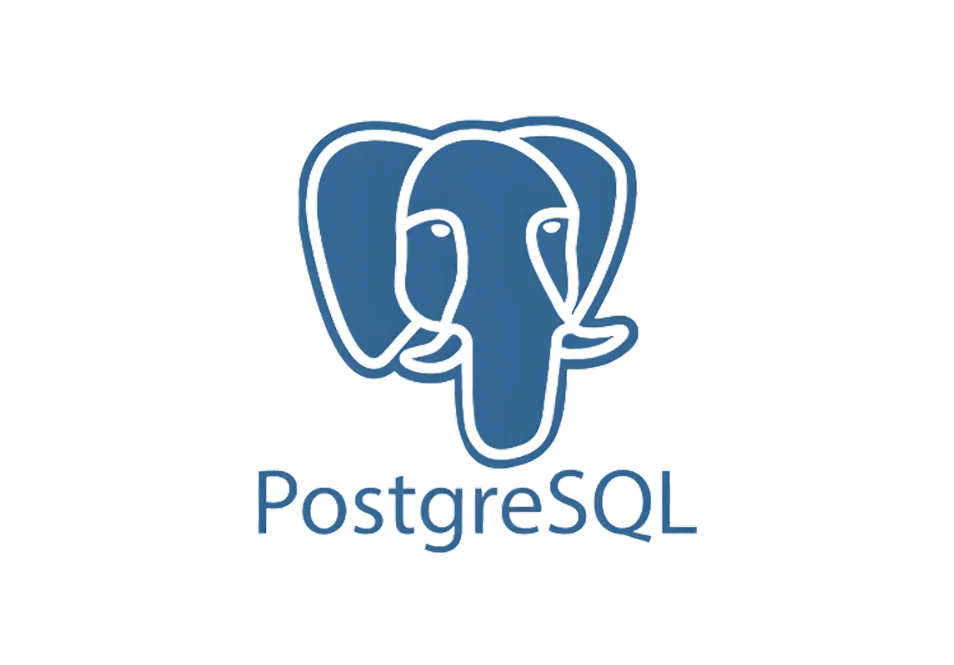
Key Feature:
- Advanced data types
- Strong support for concurrent transactions
- Extensibility
Why PostgreSQL Must Have:
PostgreSQL is ideal for applications that require complex queries and data integrity. Its reliability and performance make it a top choice for back-end development.
7. Kubernetes
Kubernetes is an open-source platform for automating the deployment, scaling, and management of containerized applications
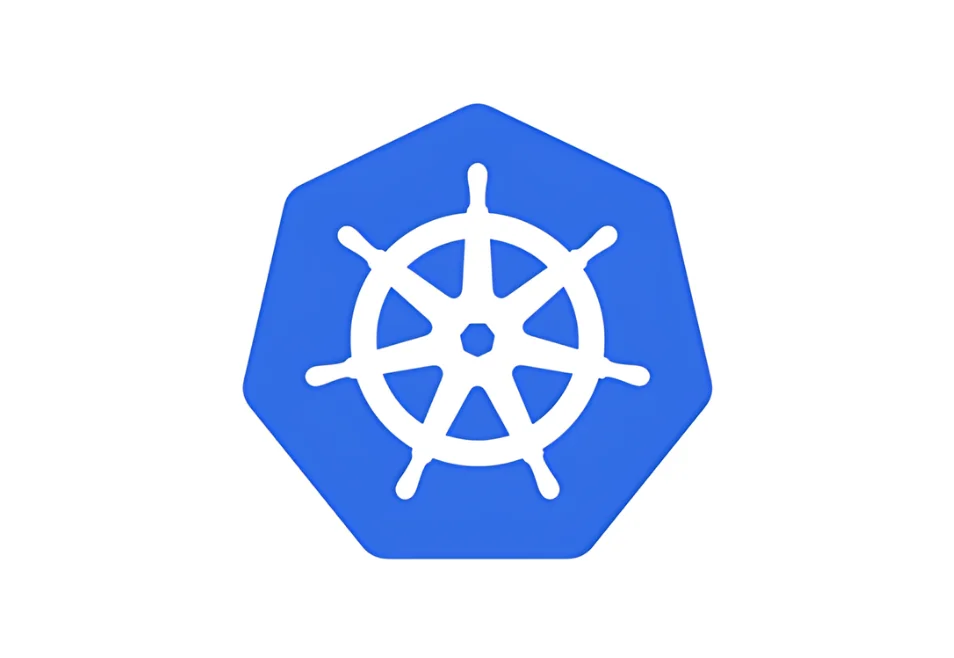
Key Feature
- Automated scaling
- Load balancing
- Self-healing capabilities
Why Kubernetes Must Have:
Kubernetes is essential for managing containerized applications in production. It simplifies the deployment process and ensures that applications are always available.
8. GraphQL
raphQL is a query language for APIs that allows clients to request only the data they need.

Key Feature
- Flexible data retrieval
- Strongly typed schema
- Real-time updates
Why GraphQL Must Have:
GraphQL improves the efficiency of data fetching, reducing the amount of data transferred over the network. This makes it a valuable tool for modern web applications.
9. Terraform
Terraform is an open-source infrastructure as code tool that allows developers to define and provision infrastructure using a high-level configuration language.
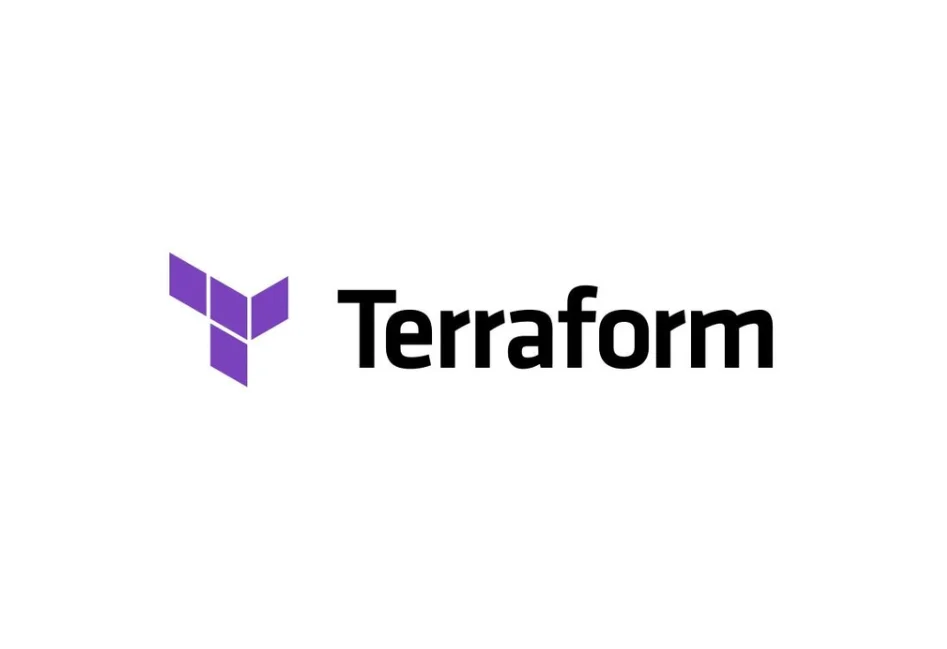
Key Feature:
- Multi-cloud support
- Version control for infrastructure
- Resource management
Why Terraform Must Have:
Terraform simplifies the process of managing infrastructure, making it easier to deploy and scale applications. Its ability to work across different cloud providers is a significant advantage
10. Prometheus and Grafana
Prometheus is a monitoring and alerting toolkit, while Grafana is a visualization tool that integrates with Prometheus to display metrics.
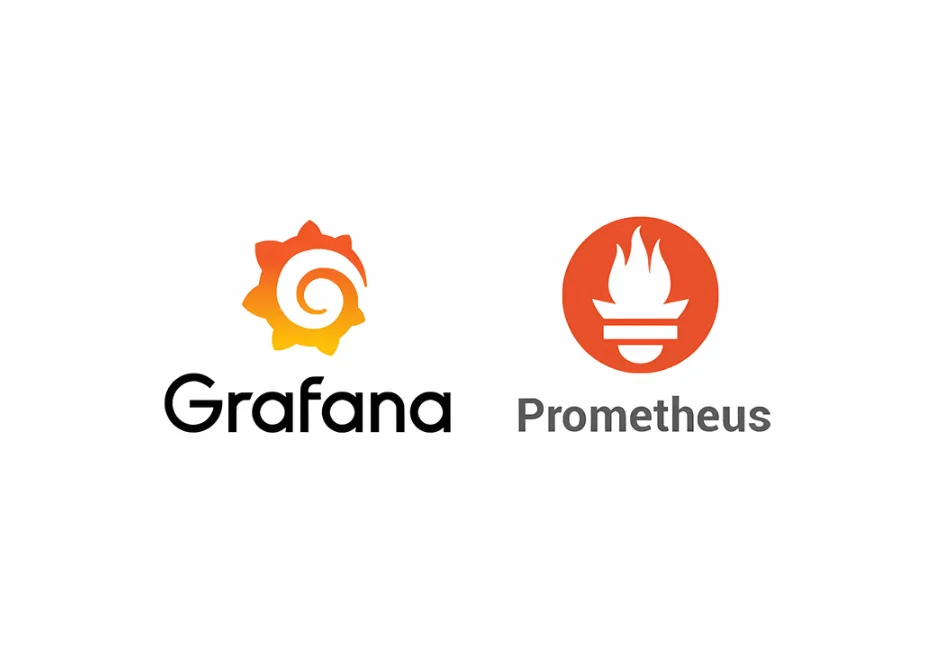
Key Feature
- Powerful querying language (PromQL)
- Customizable dashboards
- Alerting capabilities
Why Prometheus and Grafana Must Have:
Importance of full stack developers in the modern tech landscape.
It is difficult to imagine web development in 2026 without full stack developers. Such specialists can implement all stages of an application development process since they possess both front-end and back-end technologies skills. In order to accomplish their tasks efficiently, full stack developers use full stack developer tools which are of great value in improving workflow and productivity.
Those who take up such training in full stack developer courses with placement guarantee are given the tools to become proficient in the use of these applications. Such courses cover everything ranging from coding with different frameworks to working with databases and deployment. Learning full stack testing tools allows developers to confirm that their applications are free from bugs, safe, and deliver optimal performance.
Also, full stack development training makes developers aware of the current trends and technologies in the field of development. With such training and tools, they are capable of dealing with development processes holistically from creating a user interface to writing the server-side logic.
This is the reason why full stack developers are in high demand – they can create complete solutions from scratch, work on any project, process any information and interact well with other teams. Proficiency in full stack developer tools and experience with full stack testing tools keeps developers relevant in the changing technological environment.
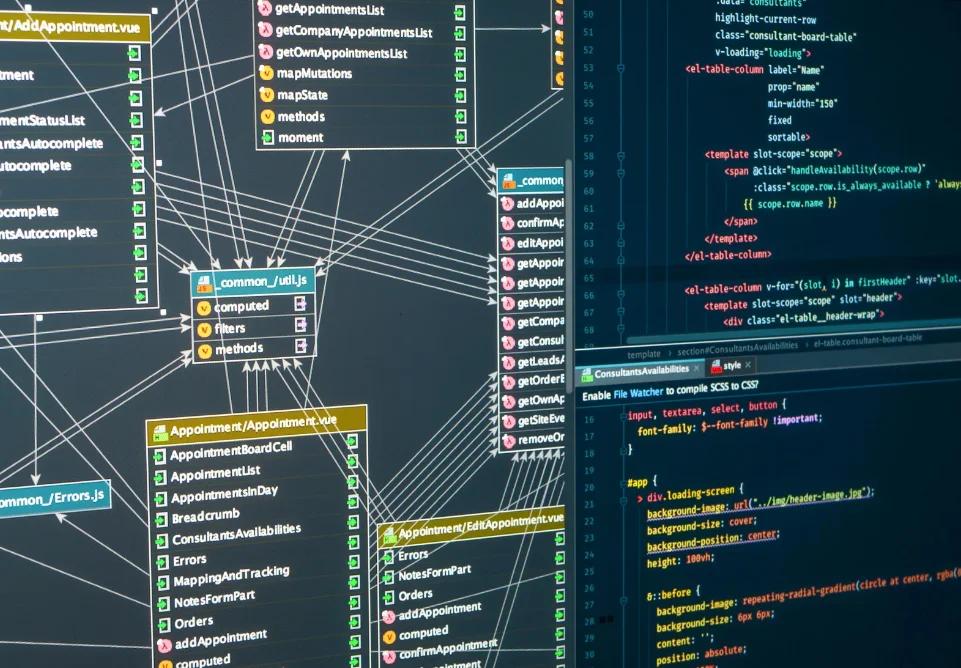
Emerging Tools to Watch in 2026
By the year 2026, a uncontrable of new full stack developer tools are poised to revolutionize web development. These tools are designed to assist developers develop applications of high-performance cut out for them.
Deno – a newer and more flexible Javascript , Typescript runtime – as well as Next.js which handles server-side rendering for React applications, and Tailwind CSS, an innovative utility-based framework for designs that are more functional and appealing more so quicker designing. Rather than fetching data using a REST API, one can use GraphQL which is more effective in that it only fetches the needed data. Svelte on the other hand takes components and creates an optimized javascript.
For the backend, such as NestJs and Prisma are attracting a lot of users because they are scalable and help in effective database management. Additional testing however takes on a simpler form with the end-to-end test thanks to Cypress.
To be able to use these tools effectively, it is advisable to go for a full stack developer course with guaranteed placements. These courses equip one with practical skills in the most recent full stack developer tools and full stack testing tools. This kind of full stack training enables the developers to remain relevant and able to create forward advancing high-scaled applications thereby ensuring that they succeed in the ever-changing world of technology.
How to Choose the Right Tools for Your Development Needs & Why Master It?
Selecting proper tooling for a full-stack developer is vital in the process of developing productive and borderless applications. Within the year 2026, the number of tools availed is enormous or rather intermediate, but picking the right ones depends on many factors including, specific development tasks. In the sections for example,
Front End Development, many people have embraced tools like Tailwind CSS and React for fast and responsive user interfaces while on the back end, one is also able to use tools such as Node.js and NestJS for building scalability in their server-side applications.
In case you are wondering whether you have the best tools for your projects, joining a full stack developer course with placement guarantee gives you the opportunity to practice working with the tools. Such courses equip you with the current full stack developer instruments and guideline on the workable implementation of the instruments. Full stack developer tools like Cypress and Jest make sure that these applications are free from bugs and perform them in extreme situations.
There is no doubt that for any developer wishing to advance their career, attaining full stack training and mastering these tools is of great importance. In this digital age, the right tools can help you enhance the application development cycle, eliminate mistakes and build better applications.
Finally, it is very important that one learns the right full stack developer tools to be able to effectively develop high-performance applications in the year 2026. Nowadays, technology continues changing and therefore knowing the latest tools and techniques helps a developer cope with modern web designs.
Opting for a full stack developer course with a placement guarantee helps in learning how to use those tools and even practising. In addition, full stack testing tools help in developing scalable and bug-free applications when used in the process. Full stack training keeps on helping and advancing the developers sustaining their competitiveness and being able to develop applications that are up to the industry standards.
FAQs
Full-stack developers typically use a combination of front-end and back-end tools for full stack developer, including frameworks, databases, and version control systems.
Common tools for full stack developer include Visual Studio Code, Git, Docker, Node.js, React, and PostgreSQL.
Staying updated can be achieved through online courses, tech blogs, webinars, and participating in developer communities.
Essential tools for full stack developer include version control systems (like Git), front-end frameworks (like React), back-end technologies (like Node.js), and databases (like PostgreSQL).
Many open-source tools, such as Git, Docker, and PostgreSQL, are cost-effective options for startups and individual developers.
